Classic first drive: 1935 Aston Martin 1.5-litre Ulster
Two things you might not know. Firstly, Aston Martin was formed in 1913, which makes the featured marque at the 2019 Goodwood Festival of Speed 106 years old, though since it didn't actually produce a production car until after World War One in 1919, it's like HRH Queen Elizabeth: it has two birthdays.

Secondly, for the first ten or so years of its existence, Aston didn't actually produce any road cars at all, they were all steely-eyed competition cars. So forget Bond and curvaceous GTs, it is cars like this, the 1935 Aston Martin Ulster, that represent the early part of the company's history.
And to celebrate that, this year's Festival marked the introduction of a 60-off series of specially liveried modern Vantage models evoking the paintwork of one of six specially selected historic models: Razorblade, the 1923 record contender built for journalist and racer S C H 'Sammy Davis; the fire-engine red Ulster tested here; the 1953 DB3S, one of the most beautiful sports racing cars ever built; the 1989 AMR1 a Group C racer, which contested Le Mans in the same year; the Gulf livery of the 2008 DBR9 which (in a different colour) won the LMGT1 class at Le Mans in 2007; and the current lime and sterling green livery of the current GTE racing version of the Vantage.
For my money they ought to have used the 1982 Nimrod Group C car and perhaps Robin Hamilton's 1977 RHAM/1 'Muncher' Le Mans cars, but what do I know?

And what a piece of history this car is. Built to contest the 1935 24 hours of Le Mans, where it was driven by Jim Elwes and Mortimer 'Mort' Morris-Goodall, it finished in 12th place; seventh in class. That race was called "the race of the floods', so there's similarity with today as we stare out of the Aston pits at the flooded Stowe circuit at Silverstone. Behind us, the old charger is giving voice, whining and rasping with its fishtail exhaust sputtering as it warms. But while this is a classic vintage racer, that's to misunderstand what Augustus 'Bert' Bertelli achieved with his first 1.5-litre cars.
For while Aston Martin was founded by Lionel Martin and Robert Bamford (when the firm was called Bamford and Martin), they struggled financially and in 1925, Martin was forced to sell to Bill Renwick and Bertelli. They renamed the company Aston Martin Motors, moved from Kensington to Feltham and produced what became known as the 'Bertelli' cars, a series of 1.5-litre, four-cylinder-engined sporting cars, most of them bodied by Bert's brother Enrico. Of these, which included the International, the T-type, the Le Mans and the Mark II, it was the Ulster model, produced between 1934 and 1936, which is most prized. Just 21 customer cars were built of which 20 are known to survive and there were seven works cars which carried the LM designation. These days, an LM Ulster will set you back anything between £2 and £3 million – the specially liveried modern Vantage model will cost £170,000.

It's an archetype of a pre-war sports car with a low-slung body, cycle wings and passengers sitting behind a long bonnet protected by aero screens – there is a hood but it resembles a collapsed deck chair. The chassis is under slung and you sit low in the cockpit in the interests of a low centre of gravity. This later Ulster model has a bonnet sloping downward towards the radiator to reduce frontal area and the Hartford friction dampers have their own aerodynamic nacelles behind. The long-stroke engine displaces 1,495cc with a chain-driven overhead camshaft mounted on an inclined wedge-shaped cylinder head with pocketed combustion chambers. On twin SU carburettors, customer cars produced 80bhp at 4,750rpm and about 108Nm (80lb ft), though race-tuned Ulsters had higher rev limits up to 5,250rpm which would give 85bhp, enough for a top speed in excess of 100mph.
This car belongs to Chloe Mason, daughter of Nick Mason Pink Floyd's drummer. It is prepared by Ten Tenths, Nick Mason's historic car specialists, and feels as right and tight as the day it rolled off the line in Feltham. Robert Blakemore, Managing Director of preparation specialists Ecurie Bertelli (which Mason along with Derrick Edwards and Judy Hogg founded as Morntane in 1976) explains the major controls: a centre throttle, reversed H-gate for the exposed four-speed gearbox, a dashboard spattered with tiny instruments and no speedo. There's a huge advance/retard lever in the centre of the spindly steering wheel and though this car has a more reliable points-and-coil ignition, it also still sports a magneto just as it would have done at Le Mans. For the race, this Ulster had all sorts of little idiosyncrasies so it could be recognised through the murk from the signalling pits, the side lights are mounted on the narrow scuttle and the headlamps can be switched individually so the driver can signal back.
It was raced fairly consistently until World War Two and a bit afterwards. Edwards found it semi derelict in Normandy, France, and he and Mason bought it in 1977 and restored it. The only non-original panel is that coal-scuttle shaped rear panel, which hides the horizontally mounted spare wheel, as the original panel was damaged in the race.
You sit low and close to the wheel which flexes in your hands. The pedals are short travel and even with big feet there's space enough to avoid pressing one without the others. "I think centre throttles are just the best," says Blakemore as we hurtle round. Then it's my turn and I'm not so sure I agree as the rain beats harder and the track disappears under water.

With an all-up weight of just over 900kg, the Ulster is responsive in a way that belies its years. Even in these atrocious conditions you feel the directness of the drivetrain; the shunt of the eager four-pot through the gearbox with its precise, machined gate. Out on the track the engine clearly likes to rev and you just pull the gear lever through with none of the fuss of some of the Aston's contemporaries, though you need to double declutch down the 'box.
It handles, too, feeling like a big car at first but shrinking as you speed up. It's front heavy of course, but much less so than its contemporaries, and the nose responds pleasingly to steering inputs. The turn in to corners is surprisingly quick, with enough roll onto the outside 18-5.50 Blockley tyres to inform but not inhibit. While heavier rivals with I-beam front suspensions have to be surprised into corners with steering that locks almost solid once they are heeled over, the Ulster's steering remains free all the way through a bend.

Of course in the dry you drift the car through the curves balancing a continual four-wheel slide. I've driven an Ulster before and on a dry track that's exactly what I did, but not this car, not on this day. The grass is too slippery and the steel barriers too hungry. In torrential rain, Chloe Mason's car lurches into a slide, then grips and stands itself up and slides again. It's all very docile and easy to manage, though, and fits exactly with the history of the marque in which engine capacity and outright power were often swapped for exquisite handling. That's confirmed by the huge drum brakes which dance the car as they dry out, but then provide quite startling stopping power.
It's tempting to stay out there, but the blast of gritty, oily water into my face makes it hard to see and painful. What it must have been like in that 1935 race is hard to imagine, but they were built tougher in those days...
Stat attack: 1935 Aston Martin 1.5-litre Ulster
Value: approximately £2.5 million
Engine: 1.5-litre, four-cylinder petrol
Transmission: four-speed manual, rear-wheel-drive
Power/torque: 85bhp at 5,250rpm/108Nm (80lb ft)
0-60mph: NA
Top speed: over 100mph
Economy: NA
Kerb weight: 910kg
Aston Martin
Motorsport
Le Mans
Le Mans 1935
Ulster
Classic First Drive








